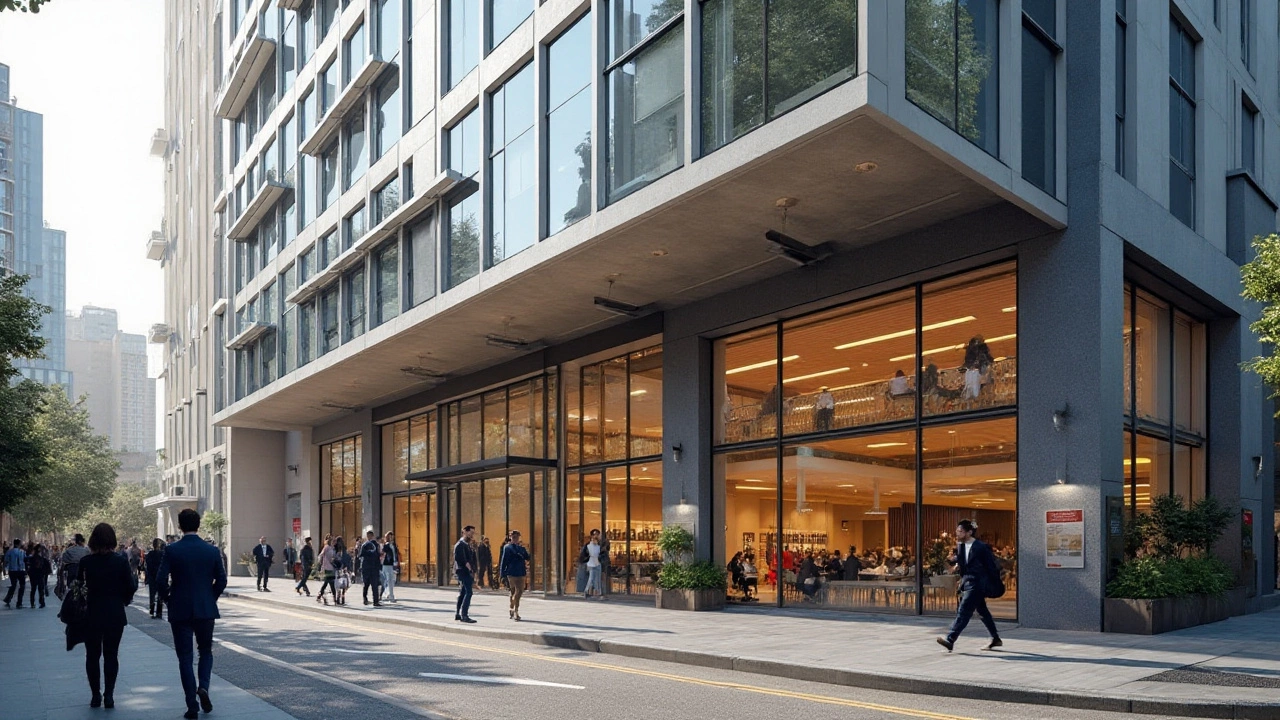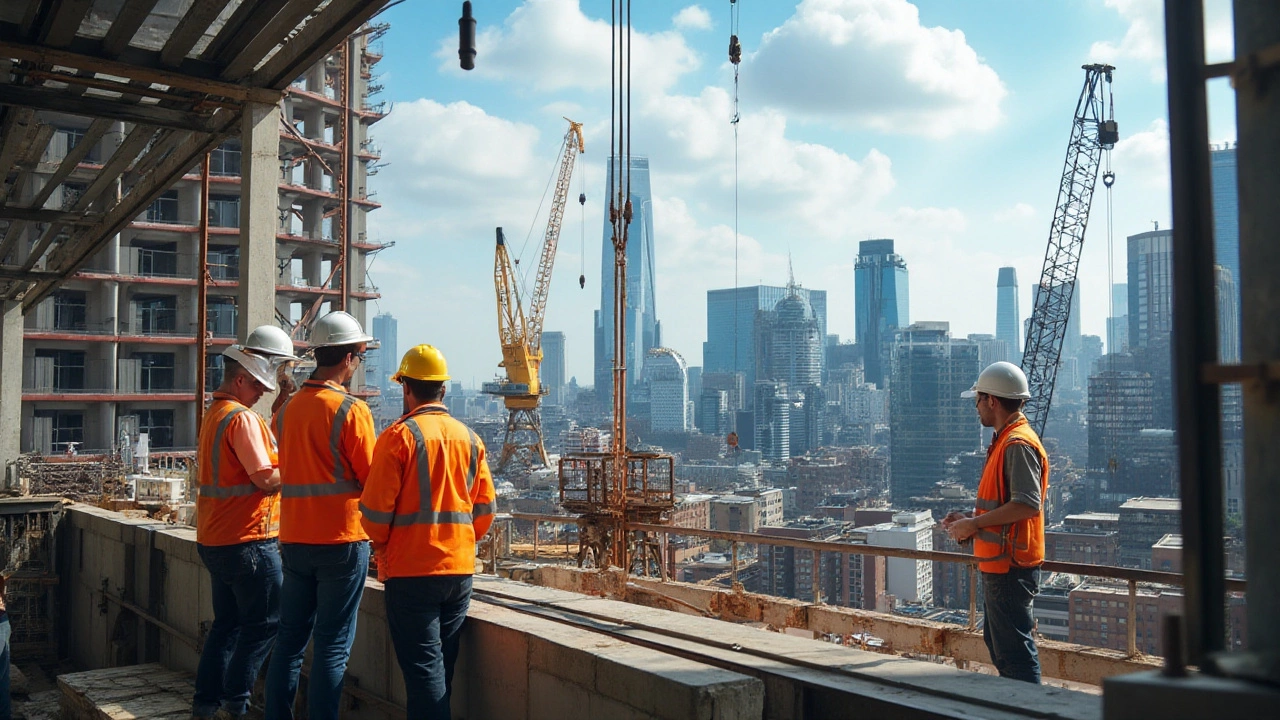Commercial Building Basics: What Every Builder Should Know
If you’re looking at a commercial building, you’re probably wondering how it differs from a house and what extra steps you need to take. The good news is that the core ideas are simple: commercial projects are bigger, involve more regulations, and often need specialized trades like plumbing and electrical work.
First off, a commercial building is any structure used for business, retail, or public purpose. Think offices, shops, warehouses, or schools. Unlike a home, you’ll deal with fire codes, accessibility rules, and higher load requirements. Ignoring these can cause costly delays, so start by checking your local authority’s guidelines.
Key Differences Between Commercial and Residential Construction
Residential projects focus on comfort and personal style. Commercial builds prioritize function, safety, and durability. For example, a commercial roof must support heavy equipment, while a residential roof only needs to keep rain out. Similarly, commercial plumbing systems handle larger volumes and must meet stricter health standards.
Another big difference is the timeline. Commercial jobs often have tighter schedules because businesses need to open quickly. This means you’ll need a solid project plan and reliable contractors who can keep things moving. Having a clear schedule also helps you avoid wasted money on idle labor.
Common Commercial Building Projects and How to Manage Them
Typical commercial projects include office fit‑outs, retail shop builds, and warehouse expansions. Each has its own set of challenges. Office fit‑outs, for instance, require careful coordination of HVAC, lighting, and data cabling. Retail shops need attractive storefronts while still meeting fire exit requirements.
To manage any commercial build, start with a detailed scope of work. List every trade, material, and milestone. Then set realistic budgets that include a contingency for unexpected issues—like hidden ductwork or soil problems. Using a trusted service like McNeil Plumbing & Construction means you get experts who understand both the plumbing side and the bigger construction picture.
When you hire a plumber for a commercial project, ask about their experience with large‑scale systems. Commercial plumbing isn’t just more pipes; it’s about pressure‑regulating devices, backflow preventers, and efficient water use. A skilled plumber can design a system that meets code and saves you money on water bills.
Communication is the glue that holds a commercial build together. Hold regular site meetings, keep everyone updated on changes, and document decisions. This way, if a client asks why a wall moved, you have the paperwork to explain.
Finally, think about the future. Commercial buildings often evolve—new tenants, upgrades, or expansions. Choose materials and layouts that are easy to adapt. For example, using modular wall systems can make future re‑configurations faster and cheaper.
In short, a successful commercial building project starts with clear goals, solid planning, and the right partners. By understanding the differences, staying on schedule, and picking experienced trades, you’ll avoid headaches and finish on time. Ready to start? Reach out to McNeil Plumbing & Construction Services for a hassle‑free quote and expert advice.




